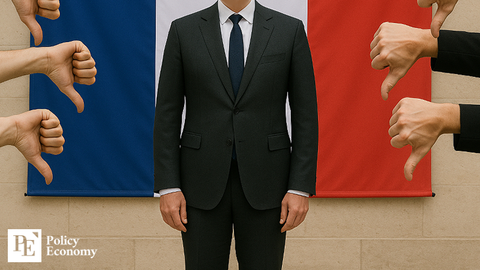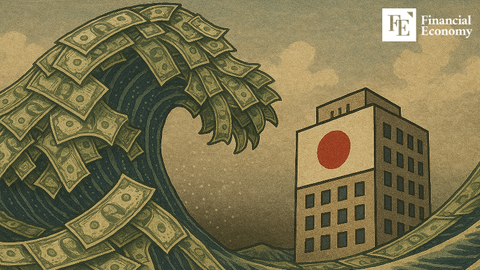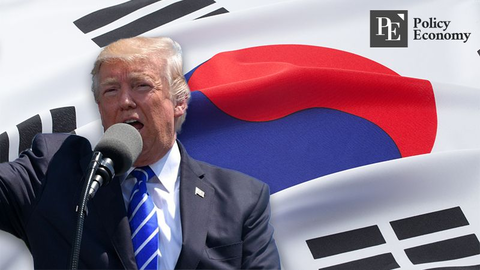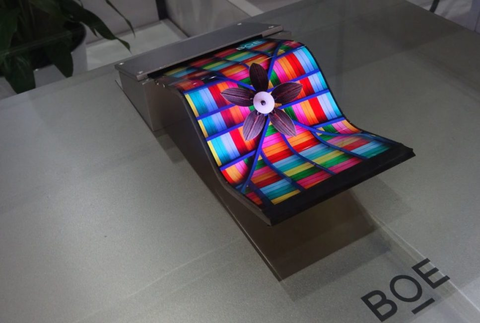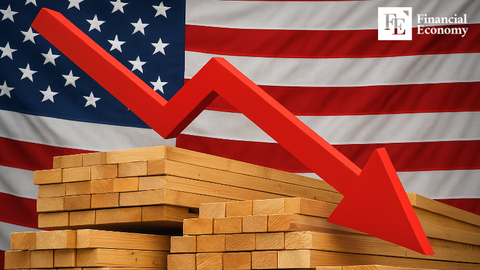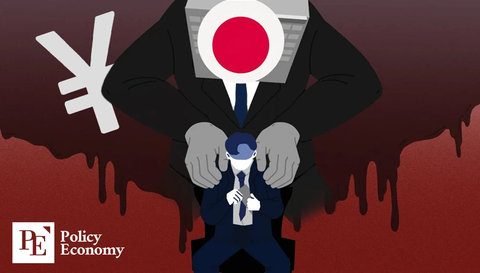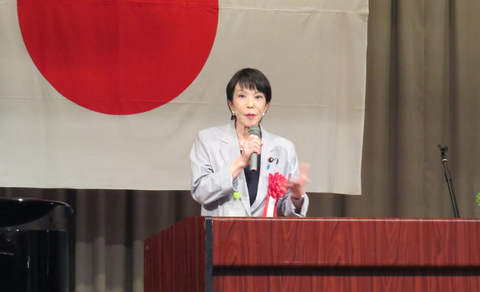Burberry staggered by plummeting luxury spending, faces another wave of restructuring
Input
Changed
Returned to pre-tax loss, sales declined across all regions Plans to cut costs by £60 million over two years Job cuts could reach up to 1,700 positions

As the global luxury market downturn deepens, UK trench coat brand Burberry is initiating a wave of job cuts. CEO Jonathan Akeroyd, who took office in July last year, pledged to restore Burberry’s reputation as a once-coveted brand. However, the company has struggled to regain its appeal due to weak consumer sentiment and lackluster response to new products.
Burberry to Cut 19% of Workforce
On May 14 (local time), The Wall Street Journal reported that Burberry plans to lay off around 1,700 employees globally to improve profitability and efficiency. With a current workforce of about 9,000, this amounts to a reduction of 18.9%. Burberry aims to save £60 million (approx. 111.5 billion KRW) by the 2027 fiscal year—an increase from the previously announced £40 million target.
In an official statement, Burberry said the restructuring is in its early stages and acknowledged worsening macroeconomic conditions driven by rising geopolitical uncertainty. The company stated that it is focusing on strengthening the brand and improving profitability, and expects the benefits of restructuring to become more visible over time.
According to WSJ, Burberry posted £2.46 billion (approx. 4.57 trillion KRW) in revenue for the 2025 fiscal year (April 2024 – March 2025), in line with market expectations. However, it recorded a pre-tax loss of £66 million, reversing from a £383 million profit in the previous year. Sales declined across all regions, with the Asia-Pacific market dragging the most due to weakened middle-class spending and China’s economic slowdown.
Burberry Slashed Prices by Half — A Blow to British Luxury Prestige
Burberry’s troubles date back to 2020. To recover from severe sales declines during the COVID-19 pandemic, the company took the unprecedented step of offering up to 50% discounts on clothing and bags in countries like China, Australia, and the U.S.
Typically, luxury brands avoid discounting—even amid steep losses or mounting inventory—out of concern that it could damage their prestige. Brands like Chanel and Louis Vuitton actually raised prices globally during the pandemic to reinforce their exclusive image.
Burberry’s decision to break this “taboo” reflected pessimism about its future outlook. Chinese luxury media outlet Jing Daily commented, “Burberry was the first global luxury brand to jump into discounting during the unprecedented COVID-19 crisis.” In addition to discounts, Burberry also laid off 500 staff and closed several offices around the world during that period.

Share Price Collapse and Removal from the FTSE 100
Due to its poor performance last year, Burberry was removed from the UK’s premier stock index, the FTSE 100. After being listed on the London Stock Exchange in 2002, Burberry joined the FTSE 100 in 2009, recognized for its resilience during the global financial crisis. The FTSE 100 includes the top 100 companies by market capitalization listed on the LSE.
However, amid the broader slump in the luxury sector—driven in part by weakened Chinese demand—Burberry's earnings and share price plummeted. Just before its removal, the company’s market capitalization had fallen to £2.23 billion (approx. 3.9 trillion KRW), down nearly 70% from the previous year.
Despite past CEOs’ efforts to restore the brand’s image and elevate its luxury status, they failed to produce lasting results. Over the last decade, Burberry cycled through five different CEOs, reflecting deep internal instability, and ultimately resulting in its delisting from the FTSE 100.
Charlie Huggins, a portfolio manager at investment advisory firm Wealth Club, commented, “Cost-cutting is a positive step, but time is running out for Burberry,” adding, “Investors have seen multiple failed restructuring attempts in recent years. This plan feels like Burberry’s last chance.”

